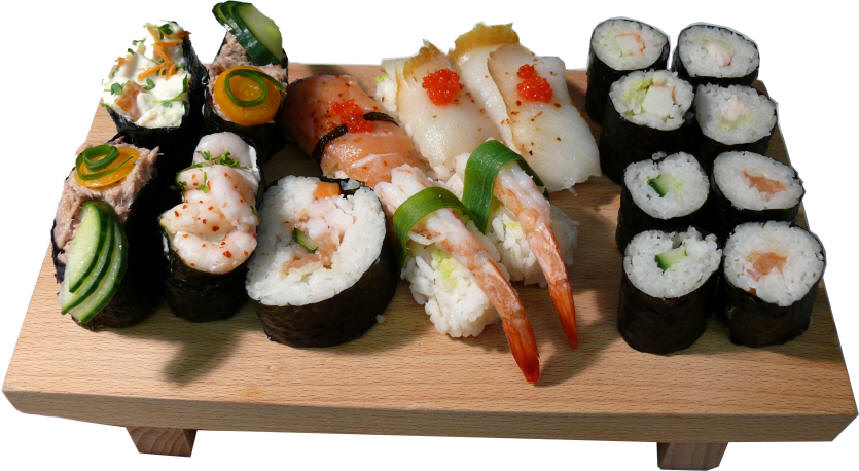trexeric
Deity
- Joined
- Mar 15, 2011
- Messages
- 2,616
I got bored with my other stories...
The Rising of the Eternal Sun
SETTINGS:
Difficulty: Viceroy
Civilization: Japan
Prologue
It has been said that Japan was started by a girl, only eight or so in age, started the empire we know and love today. The girl, Rin, was born in an unknown year, but what we do know of her birth was that it was outside present-day Tokyo (about a mile north, to be exact). Rin was displeased with her dull life, centered around the vast amounts of gold her parents had obtained through slave labor. At age eight she ran away, until coming to a Buddhist monk who traveled from across the sea (probably from present-day Korea). The monk tried to teach the anxious little girl for six months, until he was mysteriously murdered. Rin soon got into the habit of robbing from the rich. She kept this up for ten years, without ever being caught, until a man named Masao trapped her in his house. Rin was able to convince Masao to let her go. However, Masao realized that he was in love with Rin, so he chased after her. Rin told Masao that, if he was able to find ten more able-bodied men and the armor and weapons to equip them, that she would allow him to be leader of them and come along with her in her missions. Masao found four men working on the rice fields (Eita, Ryo, Yuto, and Akio), two men in the small village of Kyoto (Daiki and Kenzo), three men in the gold mines of Rin's parents (Minoru, Ren, and Shin), and only a single man on present-day Mount Fuji (Sora). When Masao returned from his year-long journey, Rin said that Masao had eleven men, not ten, and that Masao would have to get rid of one of them. Masao quickly sent Akio across the sea to present-day China. Rin was pleased, and gave each man a vial of poison, a paintbrush, and orders to coat their sword with the contagious poison (along with founding Japan, Rin also invented biological warfare!). Rin and the 'Samurai' seized the city of Kyoto using their biological weapons and Rin's flawless tactics. Because there was no official government in those days, Rin and the Samurai kept the city in order to ensure the regrowth of the now-ruined city. However, more and more of the town's surrounding farms accepted the rule of the Samurai and Rin. Rin called this new-found culture 'Japan'. However, it was not long until the Samurai started fighting between themselves.
The Rising of the Eternal Sun
SETTINGS:
Difficulty: Viceroy
Civilization: Japan
Prologue
It has been said that Japan was started by a girl, only eight or so in age, started the empire we know and love today. The girl, Rin, was born in an unknown year, but what we do know of her birth was that it was outside present-day Tokyo (about a mile north, to be exact). Rin was displeased with her dull life, centered around the vast amounts of gold her parents had obtained through slave labor. At age eight she ran away, until coming to a Buddhist monk who traveled from across the sea (probably from present-day Korea). The monk tried to teach the anxious little girl for six months, until he was mysteriously murdered. Rin soon got into the habit of robbing from the rich. She kept this up for ten years, without ever being caught, until a man named Masao trapped her in his house. Rin was able to convince Masao to let her go. However, Masao realized that he was in love with Rin, so he chased after her. Rin told Masao that, if he was able to find ten more able-bodied men and the armor and weapons to equip them, that she would allow him to be leader of them and come along with her in her missions. Masao found four men working on the rice fields (Eita, Ryo, Yuto, and Akio), two men in the small village of Kyoto (Daiki and Kenzo), three men in the gold mines of Rin's parents (Minoru, Ren, and Shin), and only a single man on present-day Mount Fuji (Sora). When Masao returned from his year-long journey, Rin said that Masao had eleven men, not ten, and that Masao would have to get rid of one of them. Masao quickly sent Akio across the sea to present-day China. Rin was pleased, and gave each man a vial of poison, a paintbrush, and orders to coat their sword with the contagious poison (along with founding Japan, Rin also invented biological warfare!). Rin and the 'Samurai' seized the city of Kyoto using their biological weapons and Rin's flawless tactics. Because there was no official government in those days, Rin and the Samurai kept the city in order to ensure the regrowth of the now-ruined city. However, more and more of the town's surrounding farms accepted the rule of the Samurai and Rin. Rin called this new-found culture 'Japan'. However, it was not long until the Samurai started fighting between themselves.

 the only excuse for abandoning a story is losing the memory stick which it was on.
the only excuse for abandoning a story is losing the memory stick which it was on. You don't "abandon" stories. You put them "on indefinite hiatus."
You don't "abandon" stories. You put them "on indefinite hiatus." 









